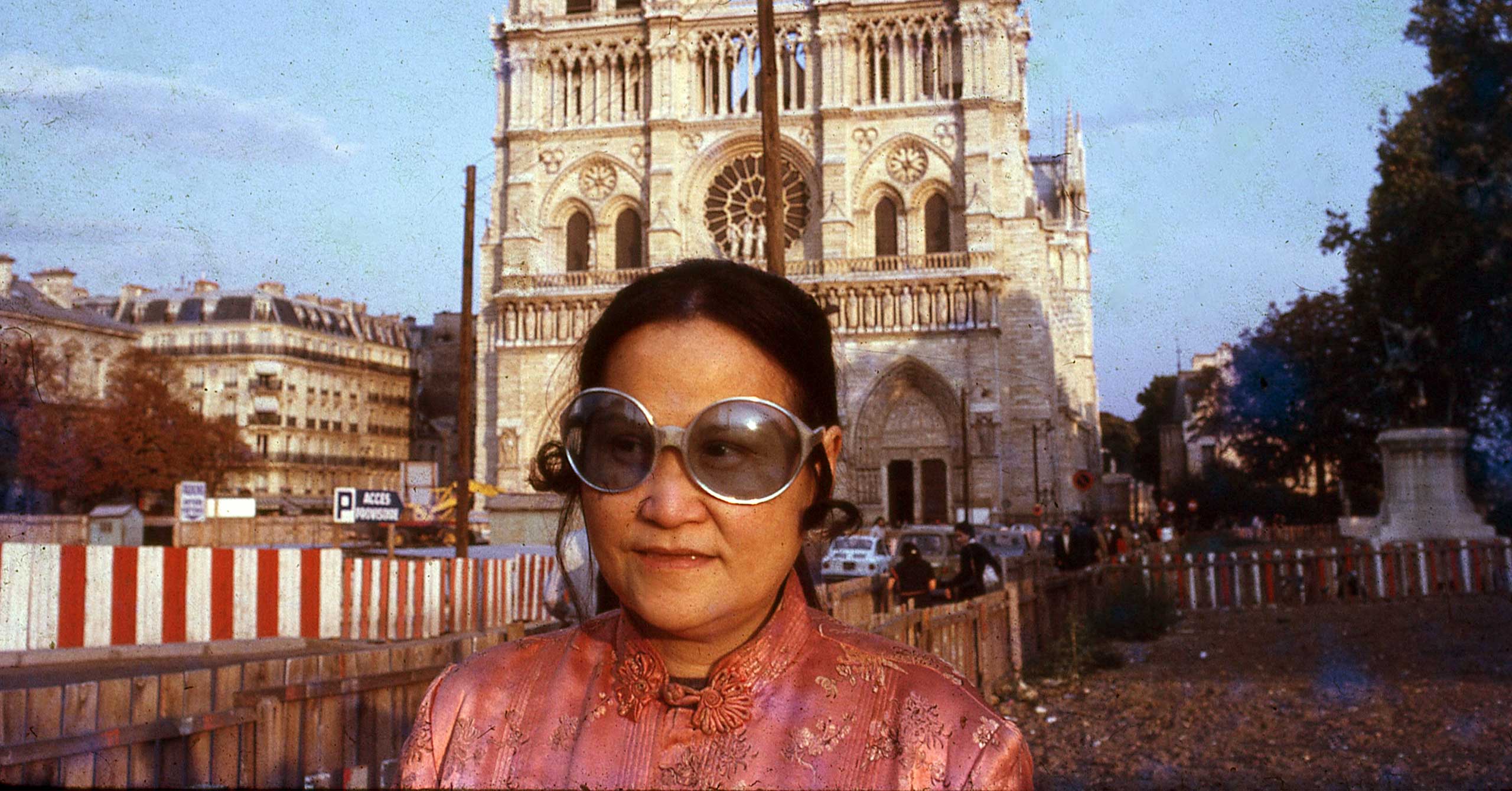The Dodgers and Yankees, two of the most storied franchises in baseball history, have similar win-loss records this season and two of the biggest payrolls in sports. But though the World Series teams match up closely on paper, there’s one category where the Dodgers have a clear edge: their stadium. Dodger Stadium, born in 1962 and now the third oldest park in baseball after Chicago’s Wrigley Field and Boston’s Fenway Park, is a jewel of a place that to this day captures the quirky, futuristic, giddily optimistic spirit of midcentury Los Angeles in what is possibly baseball’s most bucolic setting (minus the ridiculous, sprawling parking lot).
Yankee Stadium, which was rebuilt in 2009, is no slouch either. It’s a monumental, energetic place in the heart of the booming Bronx that evokes a storied era in baseball history. But ultimately it’s a facsimile: a new stadium hiding in throwback clothing.
As hard as it tries — and it really tries — it can’t re-create the original Yankee Stadium’s spirit. The complex story of how we got here represents how architecture, cities and popular opinion can dramatically shift over time. It was the Dodgers, of course, who first abandoned their historic home, the shabby but beloved Ebbets Field (1913), in the heart of what was then equally shabby Brooklyn, in 1957.
Owner Walter O’Malley had wanted to build a new park nearby but didn’t get support from New York’s wannabe pharaoh, urban planner Robert Moses. So O’Malley a.


















